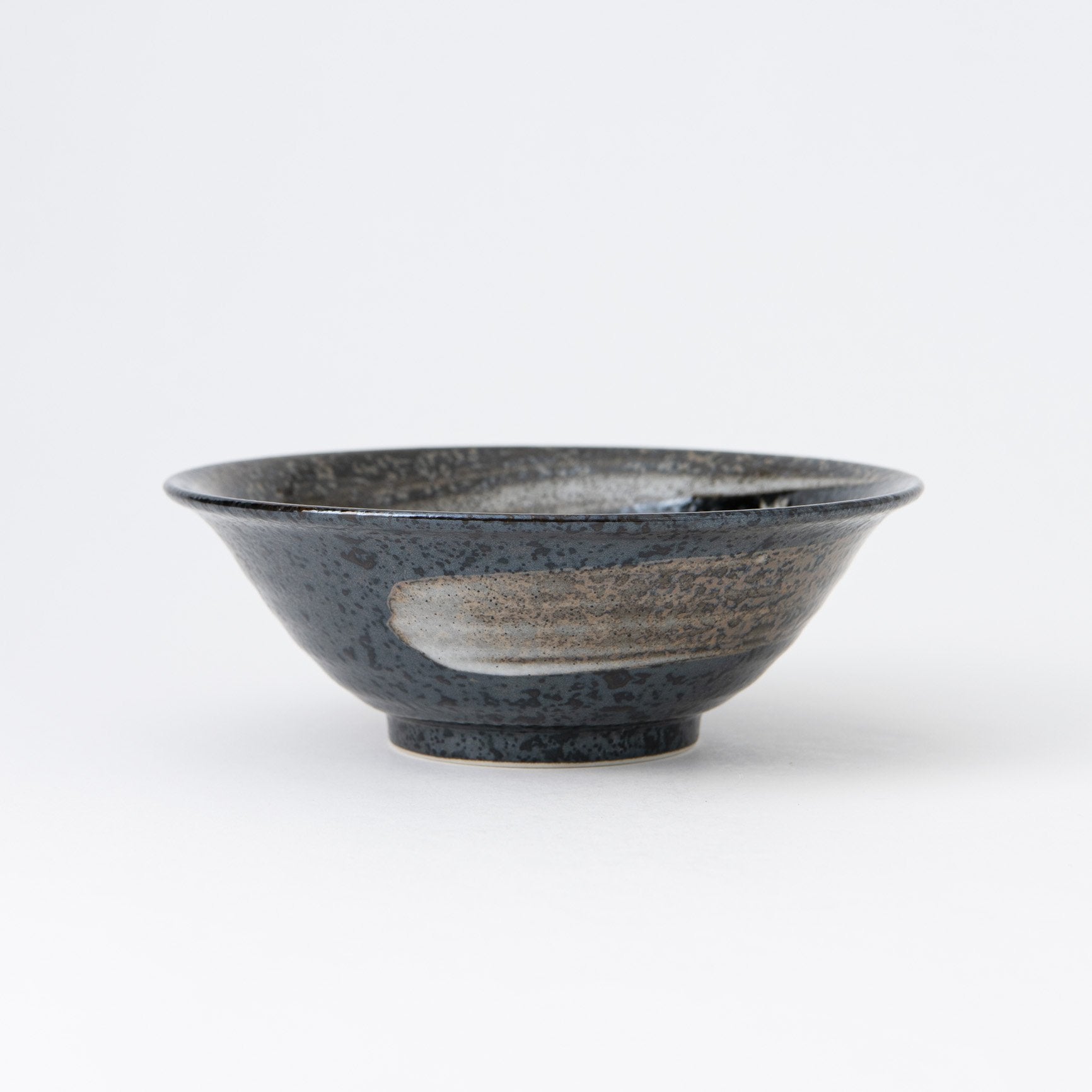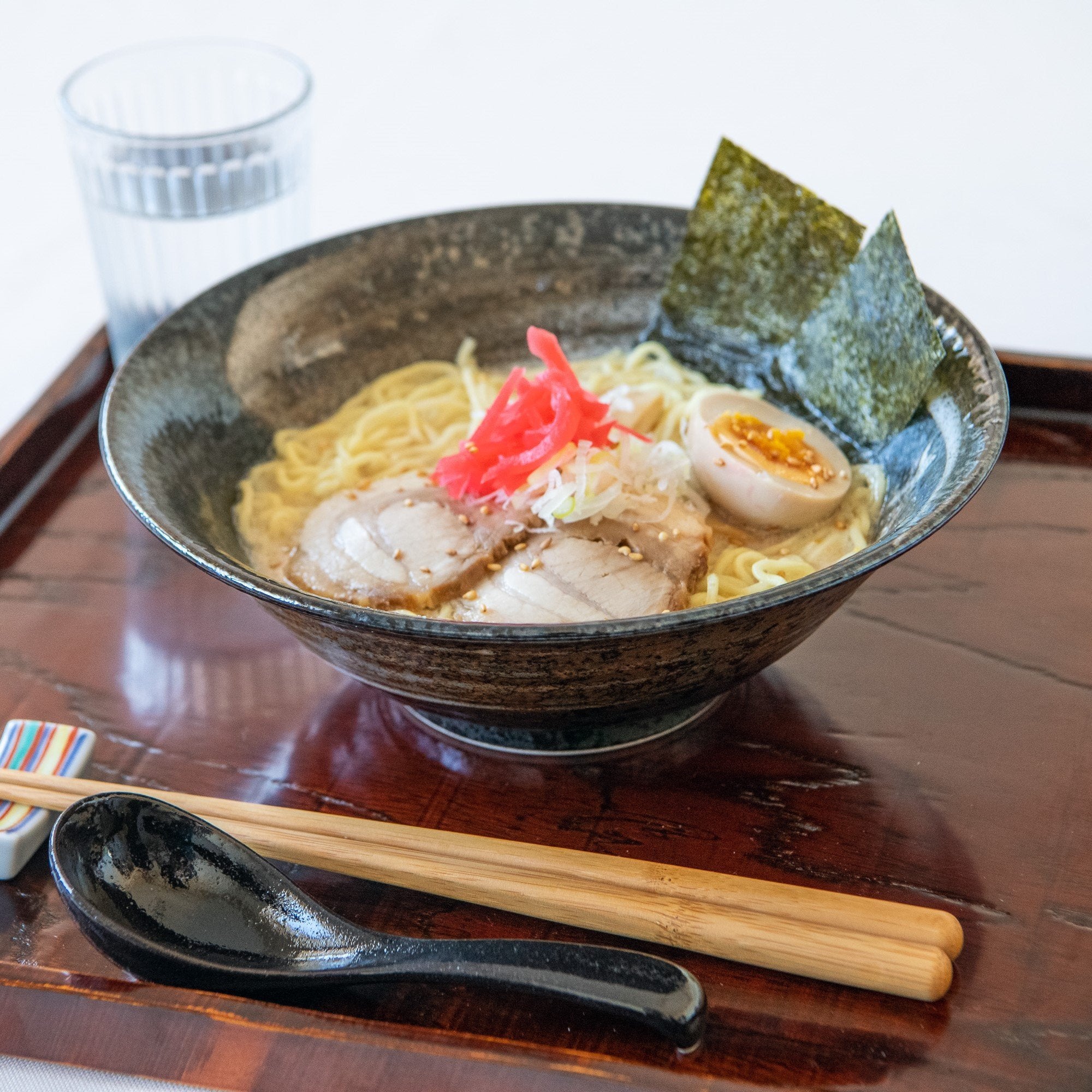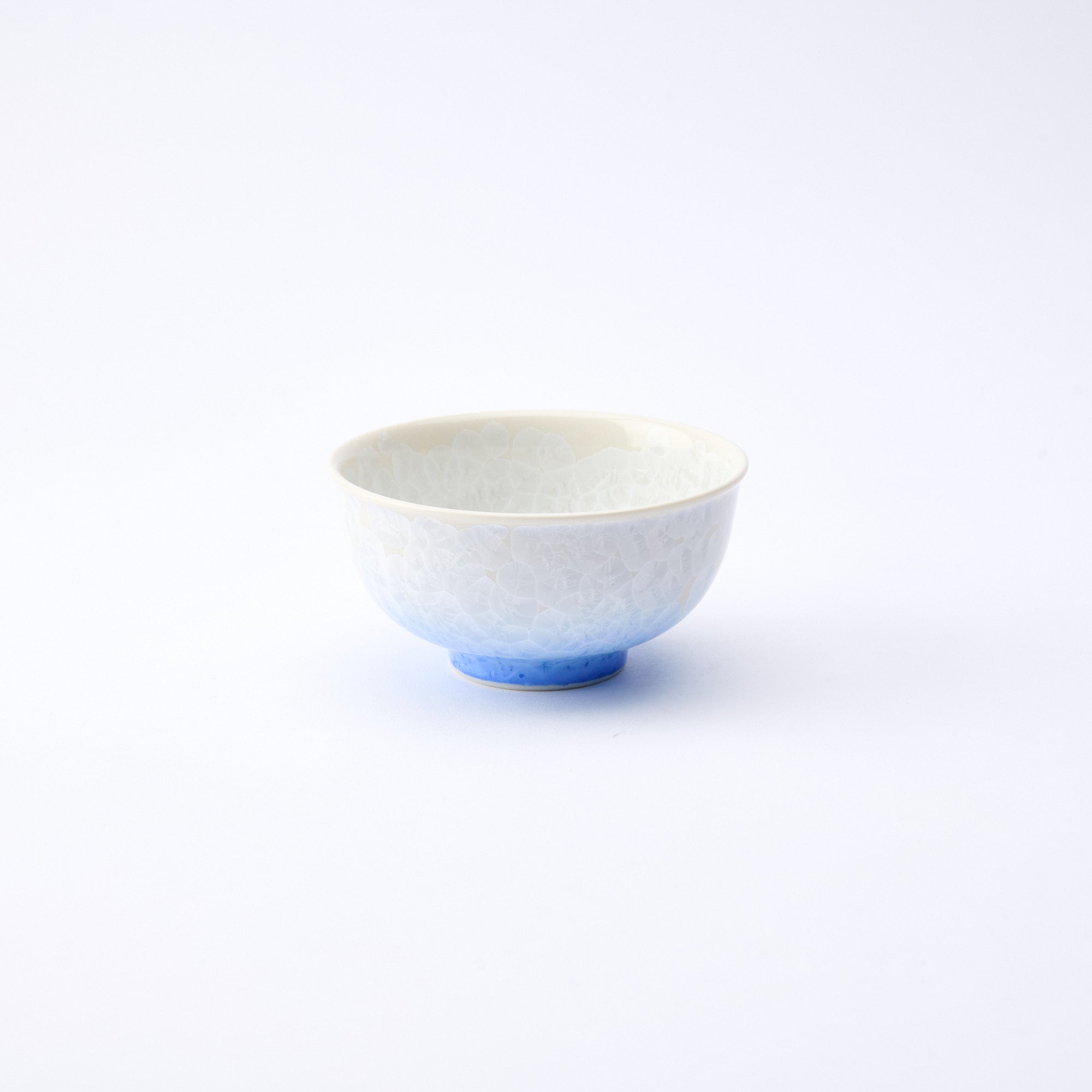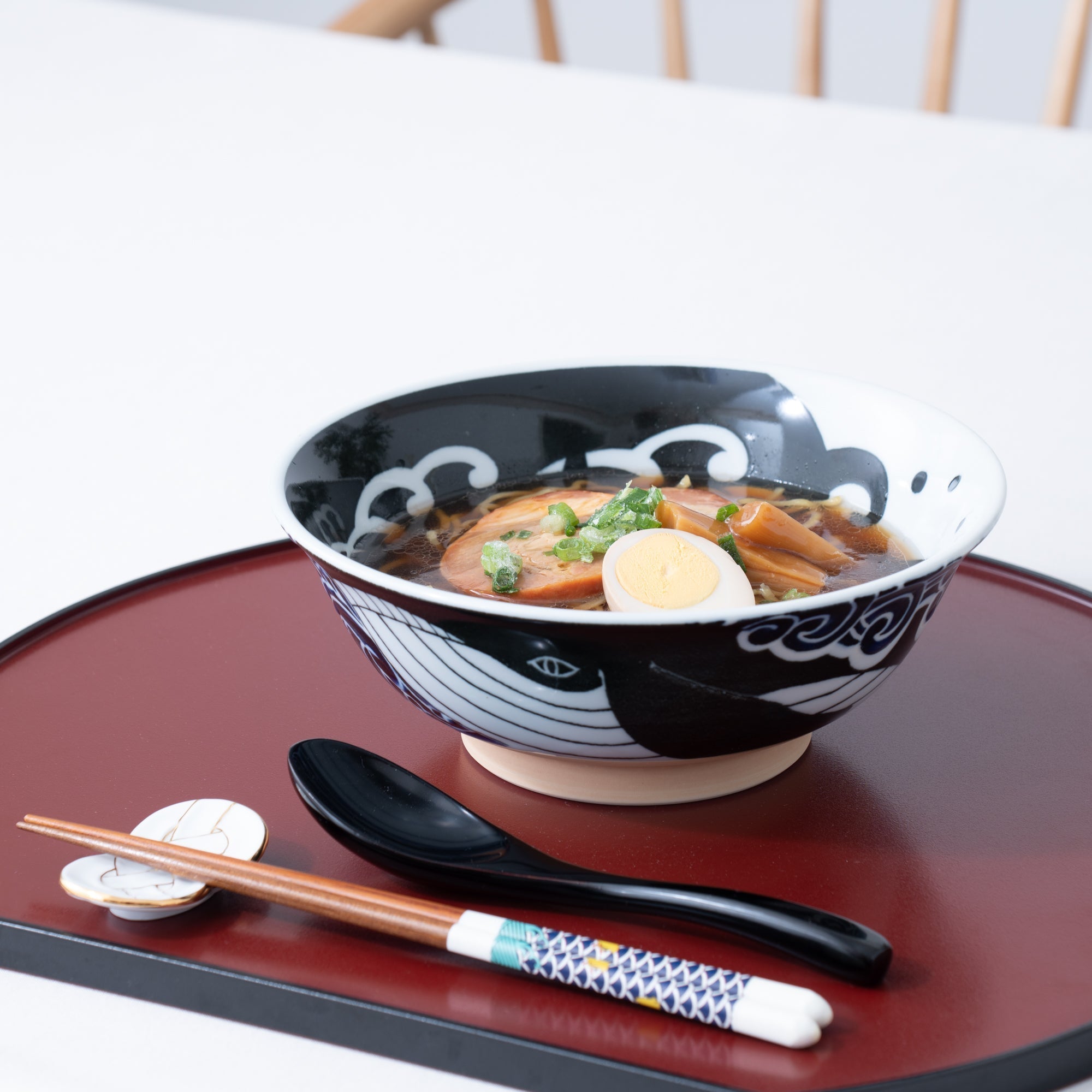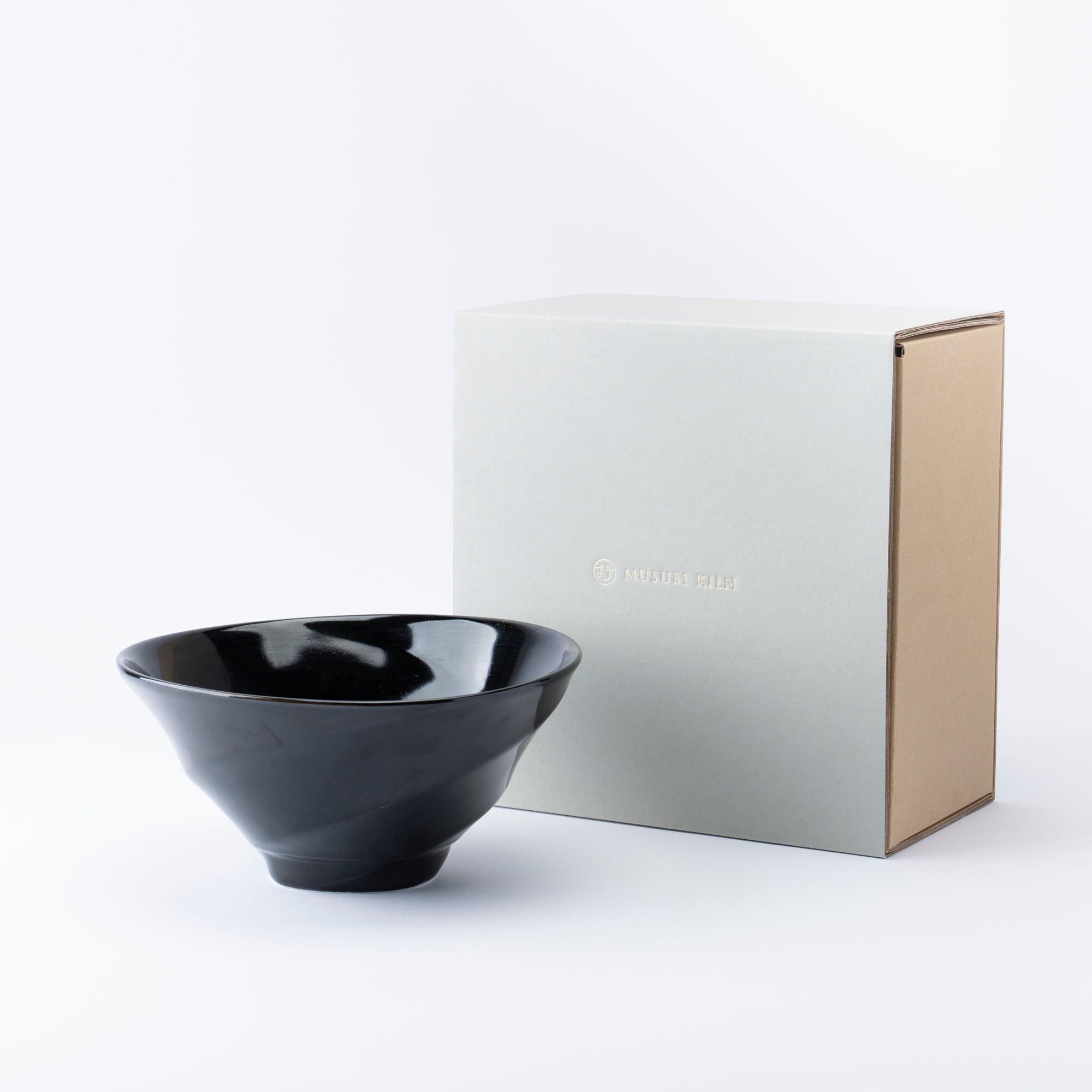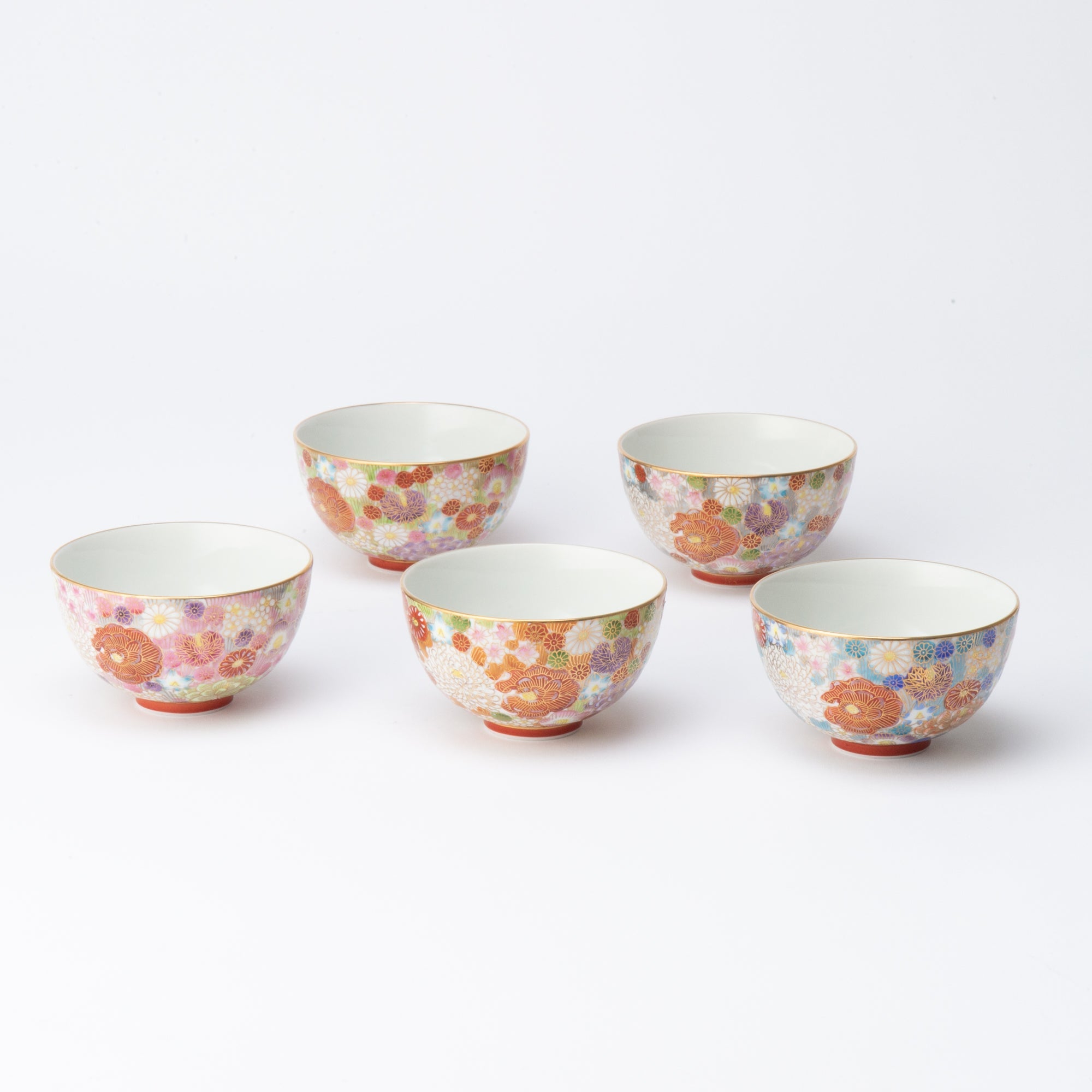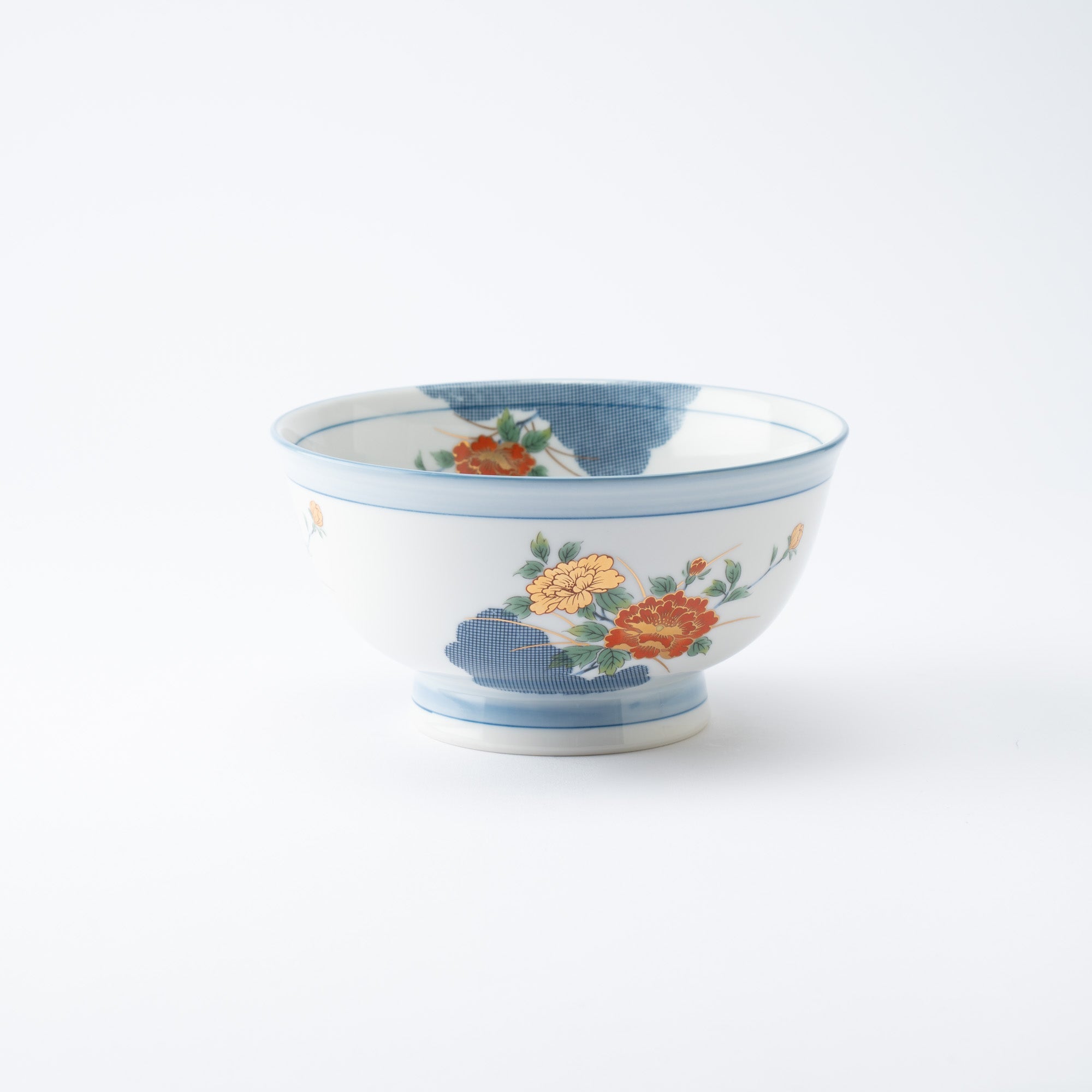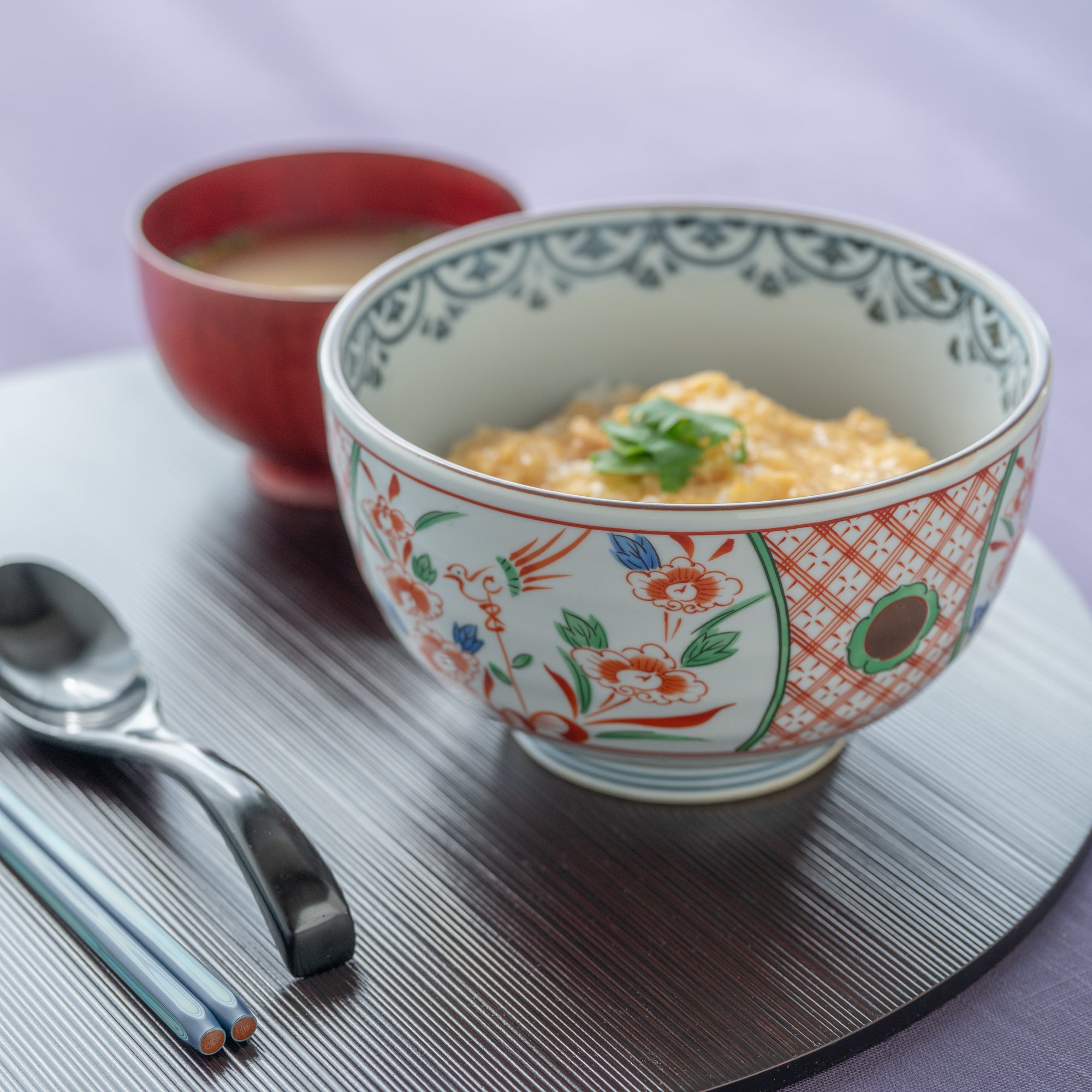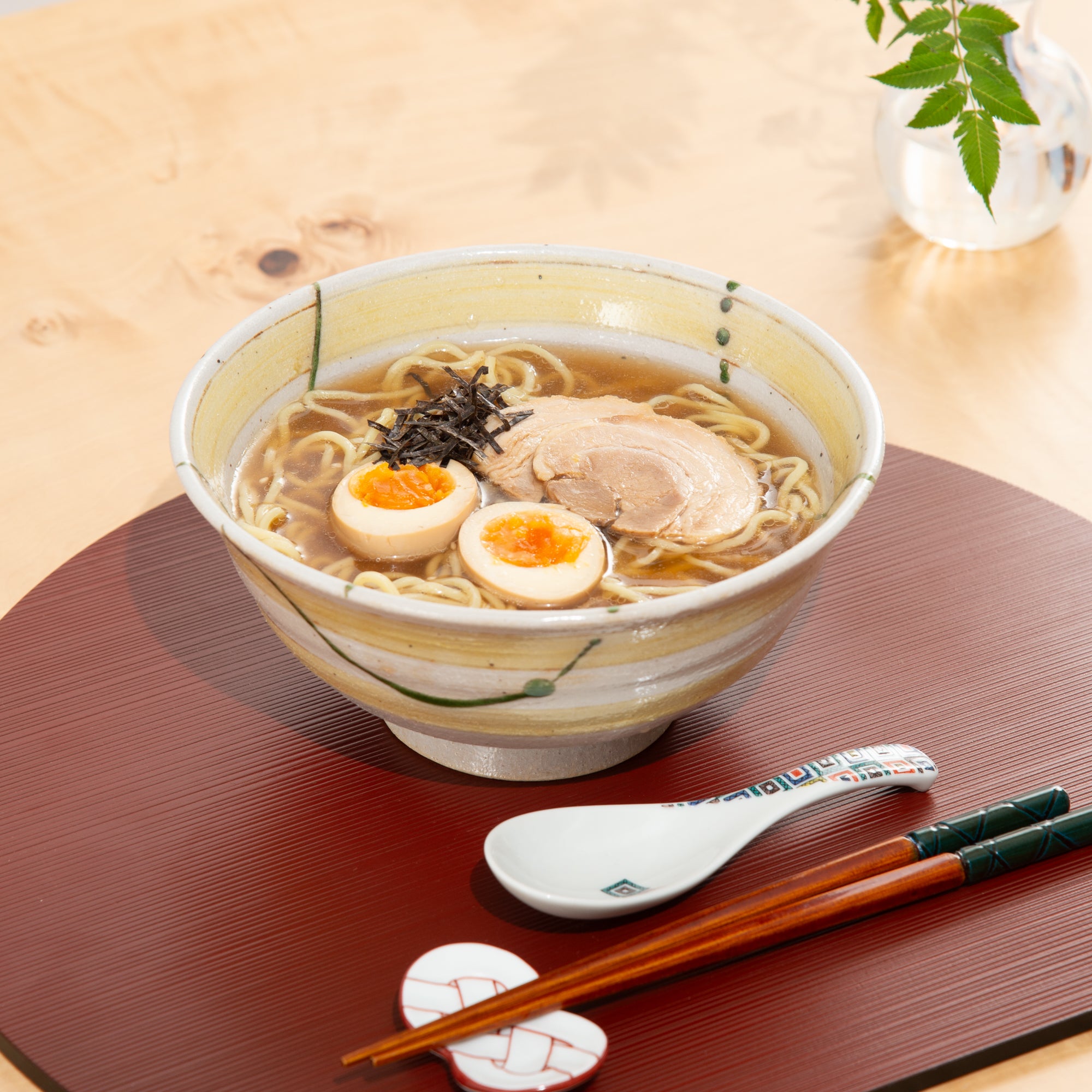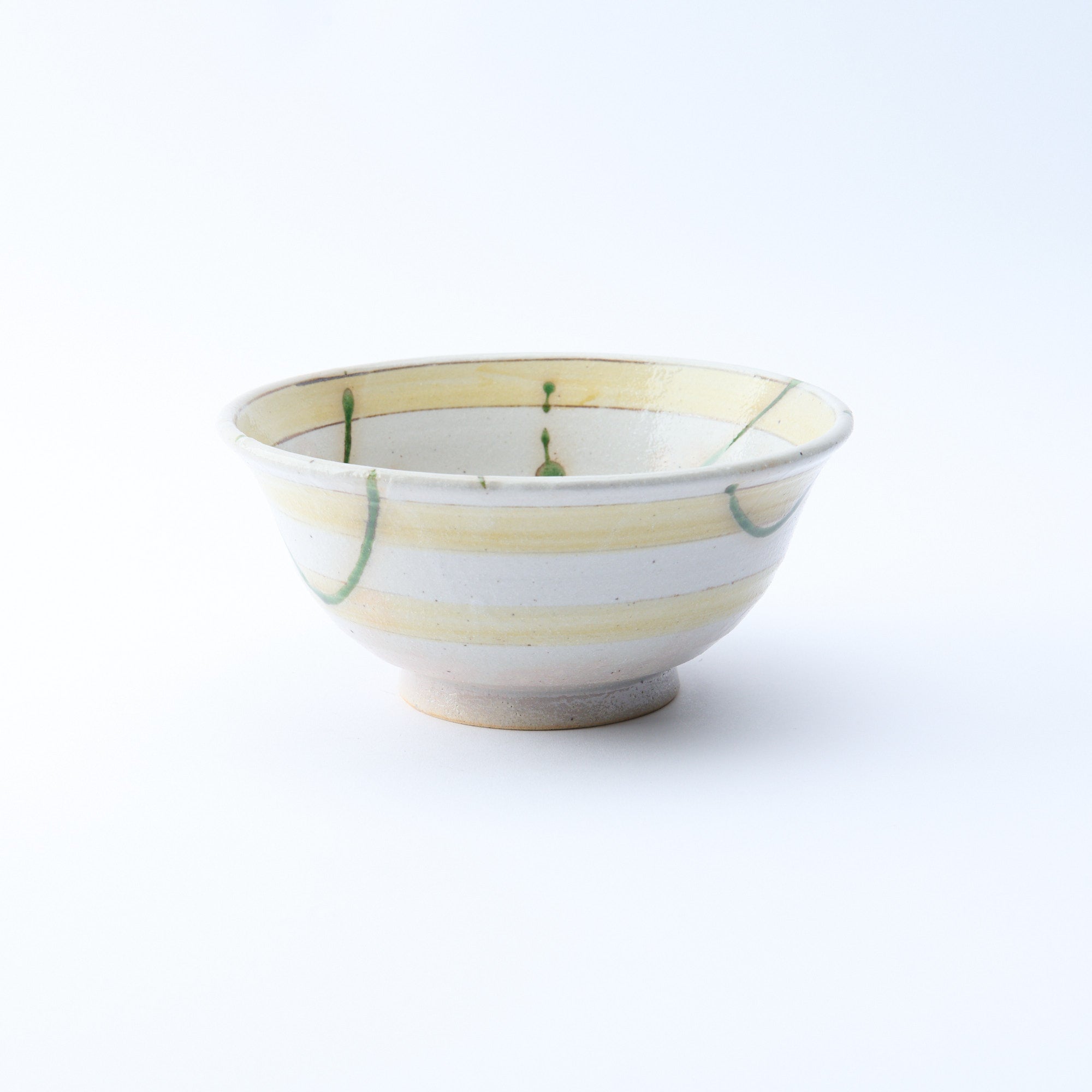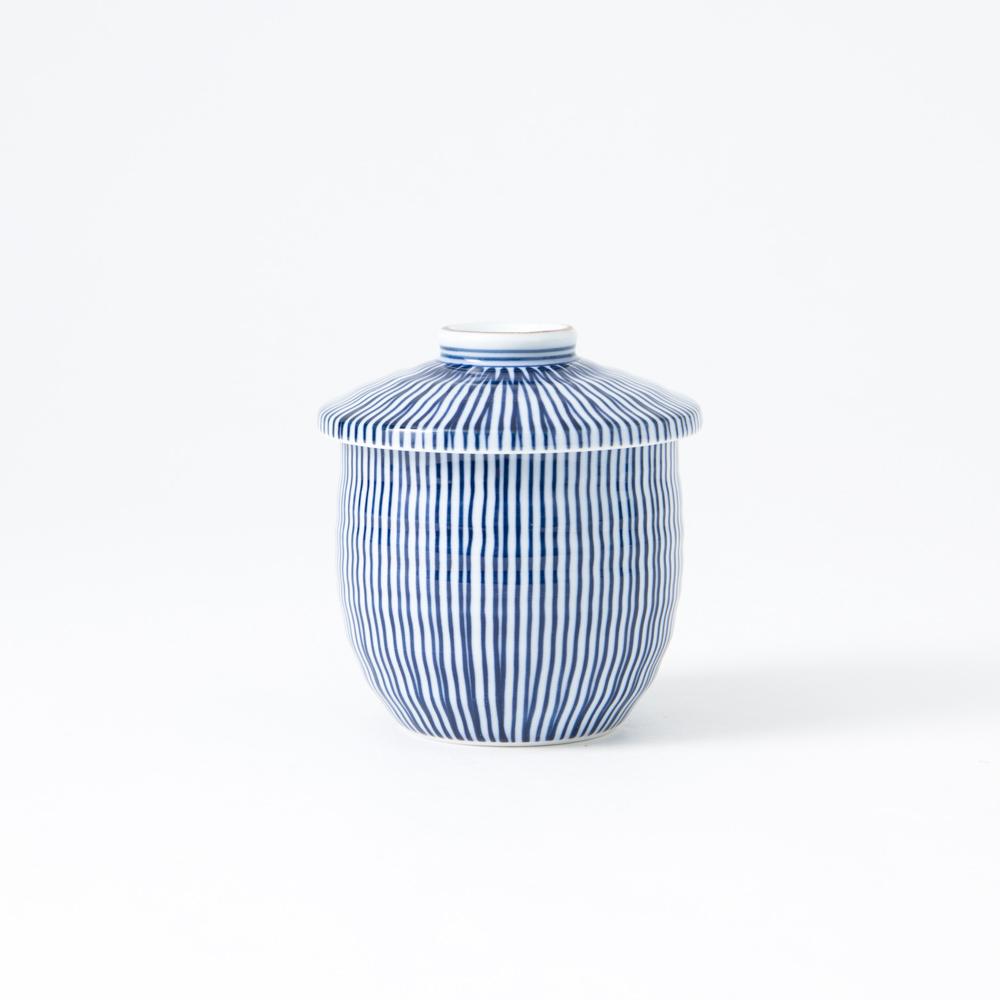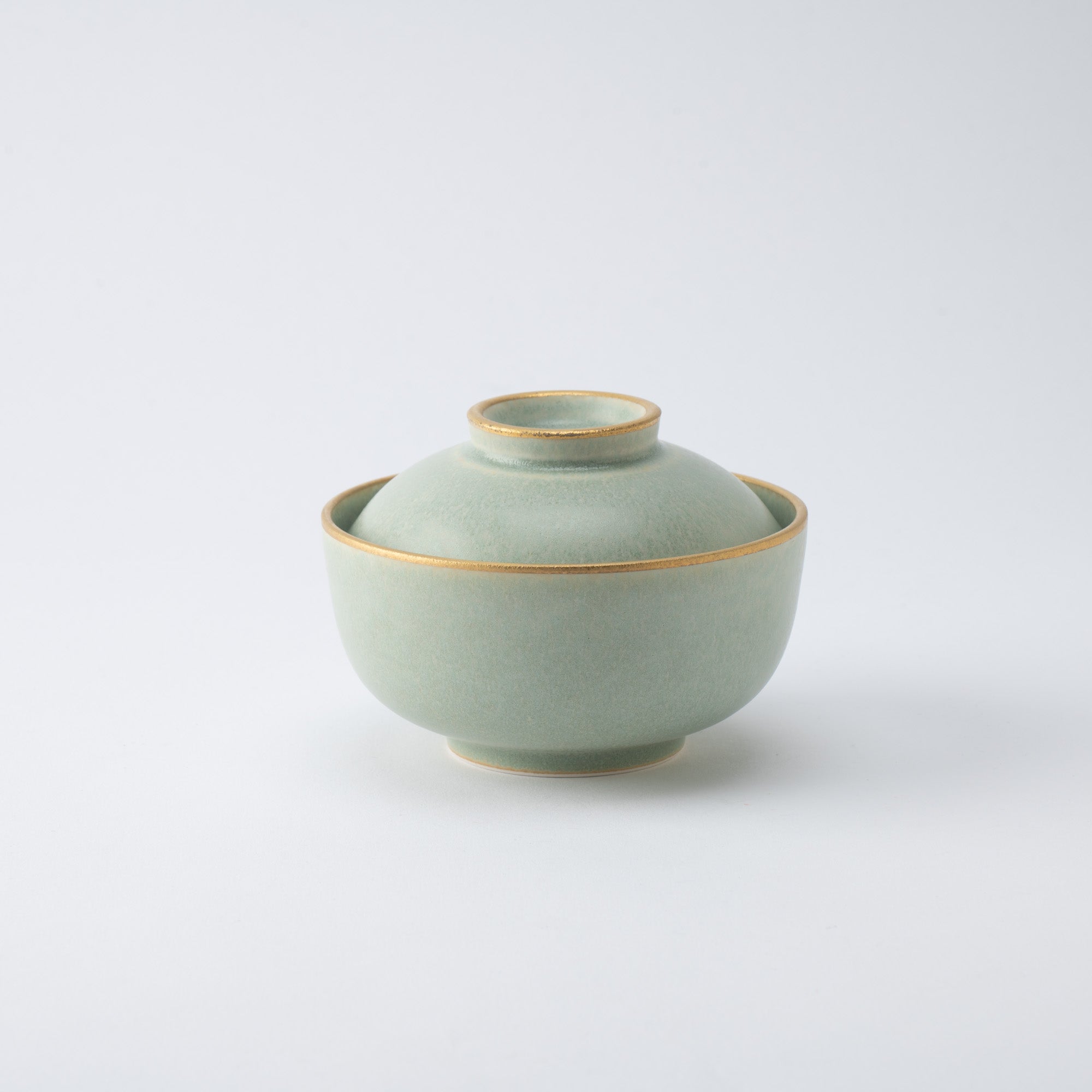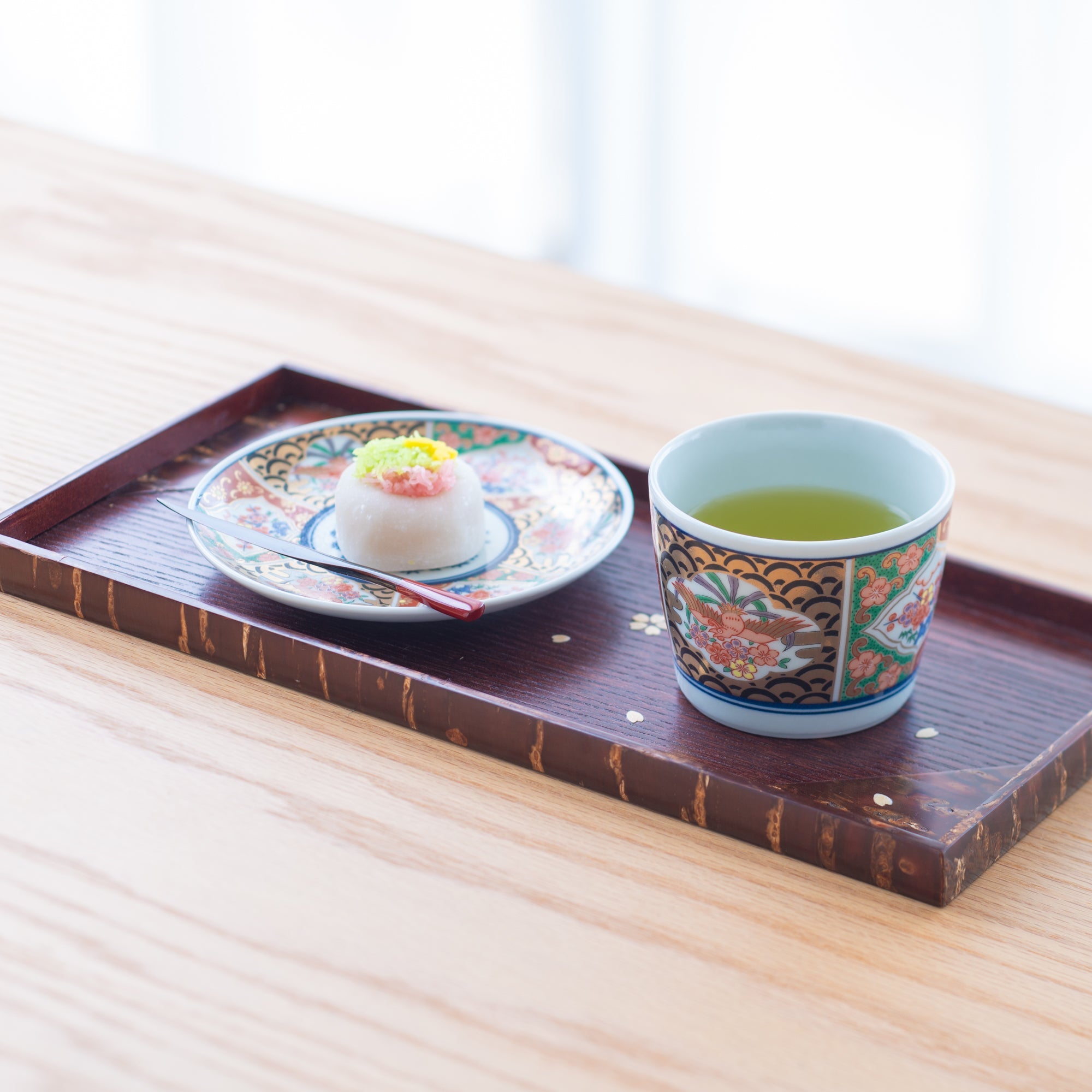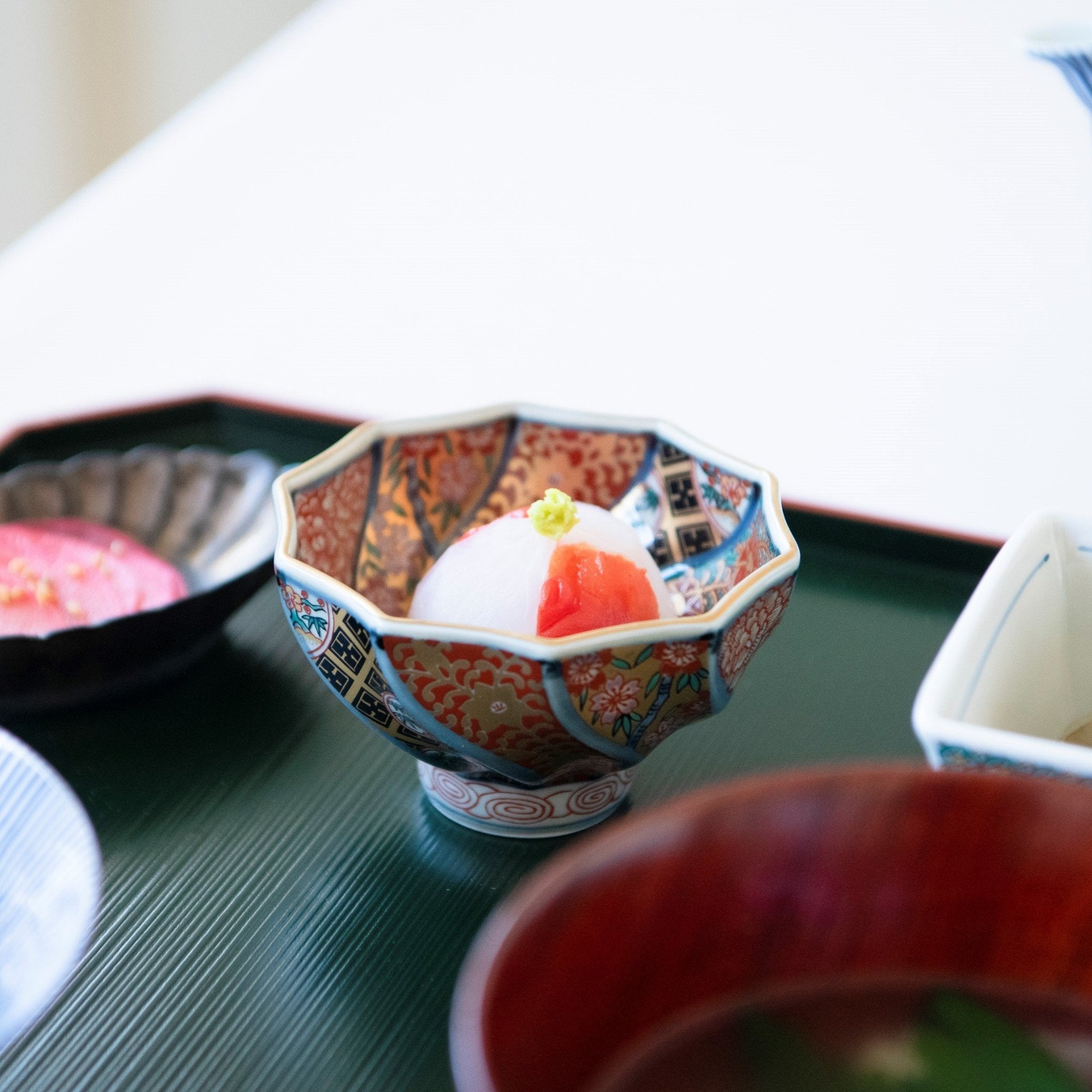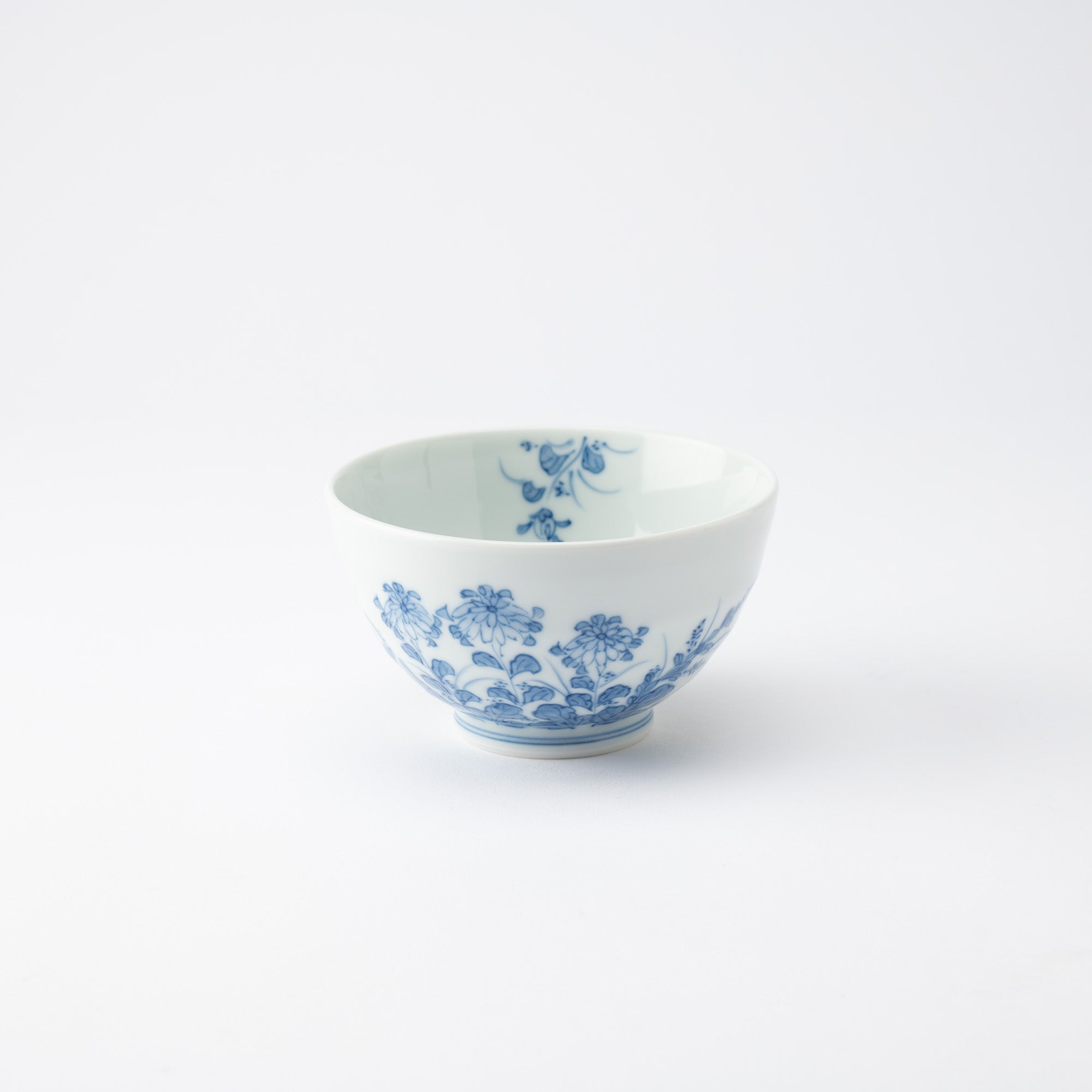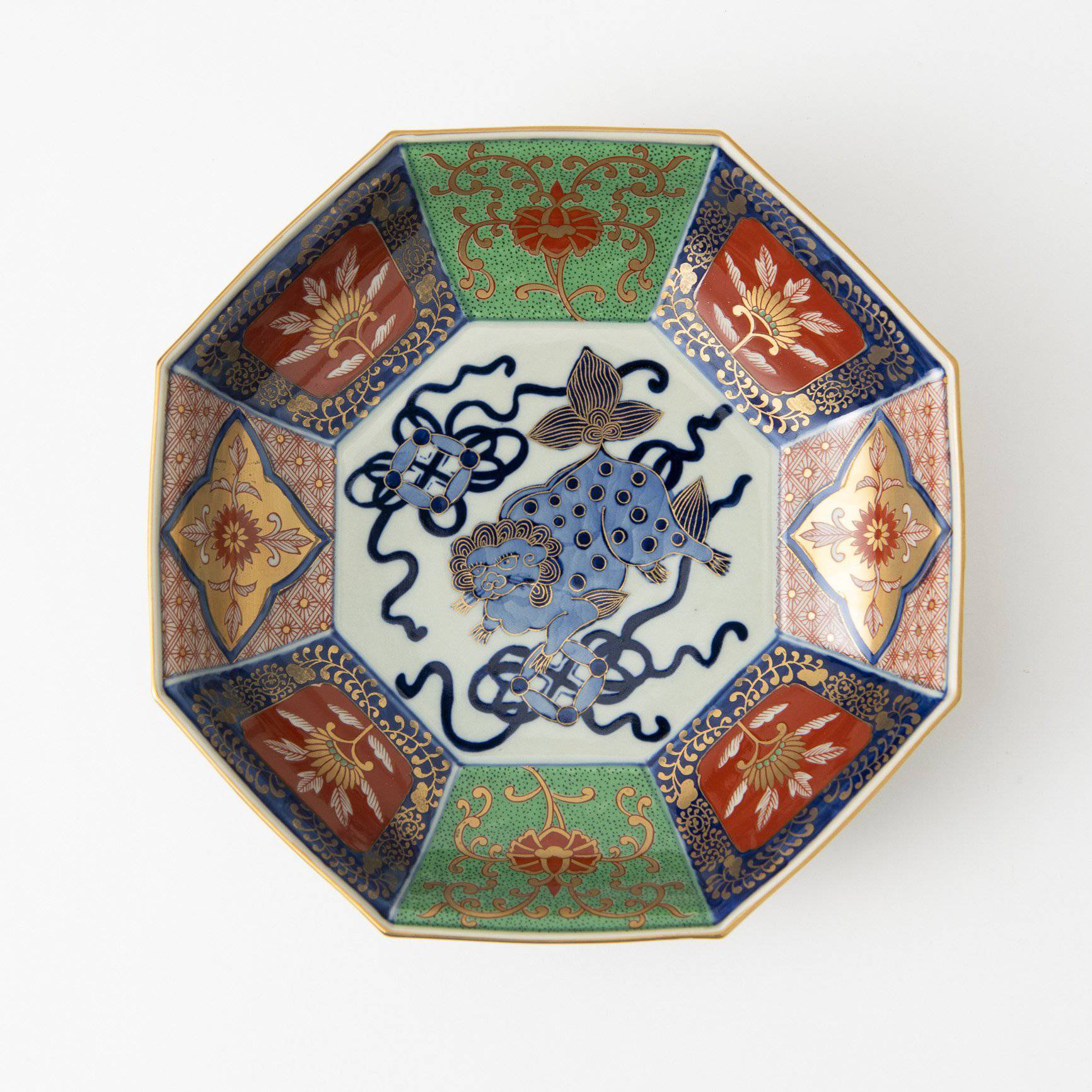
Bowls
Bowls are essential for serving Japanese cuisine, with a wide variety of shapes and sizes according to function. It is customary—and good table manners—in Japan to lift most bowls to one’s mouth when eating, so they are typically made to fit in one’s hands or be easy to hold.
This collection organizes bowls by depth, size, and function, making it easy to find the right fit for your needs. Browse our categories to discover the perfect Japanese bowl for every dish you create.
Related posts
Filters
Snow Shino Ramen Bowl 8.4 IN
Sale price$37.00 USD
Brush Ramen Bowl 8.6 in
Sale price$23.00 USD
Pink Floral Crystalline Japanese Rice Bowl
Sale price$78.00 USD
Nanpu Rain Inspired Donburi Bowl 7.2 in
Sale price$37.00 USD
Blue Floral Crystalline Rice Bowl
Sale price$78.00 USD
Arabesque Kobachi Small Bowl
Sale price$23.00 USD
Neco Cat Medium Bowl Set
Sale price$75.00 USD
Whale Patterned Ramen Bowl 8.1 in
Sale price$29.00 USD
Black Hakeme Ramen Bowl 8.9 IN
Sale price$63.00 USD
Black Spiral Ramen Bowl 8.5 IN
Sale price$78.00 USD
Indigo Arabesque Donburi Bowl 7.3 in
Sale price$29.00 USD
Green Ash Glaze Donburi Bowl 6.5 in
Sale price$55.00 USD
Phoenix Red Ramen Bowl 8.5 in
Sale price$58.00 USD
Old Imari Chrysanthemum Kobachi Small Bowl
Sale priceFrom $42.00 USD
Tokusa Japanese Rice Bowl
Sale priceFrom $38.00 USD
Tokusa Medium Bowl
Sale price$63.00 USD
Red Lacquered Oryoki Bowl Set
Sale price$109.00 USD
Black and Red Oryoki Bowl Set
Sale price$156.00 USD
SAKURA Miso Soup Bowl
Sale price$24.00 USD
Hanazume Japanese Rice Bowl
Sale price$133.00 USD
Coneco Cat Kobachi Small Bowl Set
Sale price$52.00 USD
Summum Large Bowl
Sale price$54.00 USD
Turquoise Celadon Ramen Bowl 7.9 IN
Sale price$63.00 USD
Brown Water Plant Ramen Bowl 7.5 in
Sale price$122.00 USD
White Chrysanthemum Kobachi Small Bowl
Sale price$29.00 USD
Nunome Peony Donburi Bowl 6.8 in
Sale price$37.00 USD
Gold Decorated Soup Bowl with Lid
Sale price$45.00 USD
Blue Tokusa Donburi Bowl 7 in
Sale price$24.00 USD
Regular price$29.00 USD
Nishiki Banreki Large Bowl
Sale price$63.00 USD
Spinning Stripe Ramen Bowl 7.7 in
Sale price$122.00 USD
Stripe Pattern Ramen Bowl 7.7 in
Sale price$122.00 USD
Tokusa Chawanmushi Bowl
Sale price$63.00 USD
Blue Yarn Ball with Cat Designed Japanese Rice Bowl
Sale price$22.00 USD
Sui Gold Line Kobachi Small Bowl with Lid
Sale price$82.00 USD
Sangiri Donburi Bowl 7.6 in
Sale price$150.00 USD
Old Imari Waves and Phoenix Soba Choko Cup and Saucer
Sale price$64.00 USD
Regular price$75.00 USD
Sakura Soup Bowl with lid
Sale price$45.00 USD
Tokusa Kobachi Small Bowl
Sale price$38.00 USD
Gold Arabesque Kobachi Small Bowl With Lid
Sale price$182.00 USD
Old Imari Twist Kobachi Small Bowl
Sale price$67.00 USD
Chrysanthemum and Bush Clover Rice Bowl
Sale price$55.00 USD
Red Oryoki Bowl Set
Sale price$419.00 USD
Old Imari Flowers in Window Soba Choko Cup and Saucer
Sale price$64.00 USD
Regular price$75.00 USD
Medaka Rice Fish Japanese Rice Bowl
Sale price$42.00 USD
Old Imari Lion and Peony Large Bowl
Sale price$208.00 USD
Summum Medium Bowl
Sale price$47.00 USD
Udon Donburi Bowl 6.5 in
Sale price$69.00 USD
Turquoise Colored Rice Bowl
Sale price$101.00 USD
















